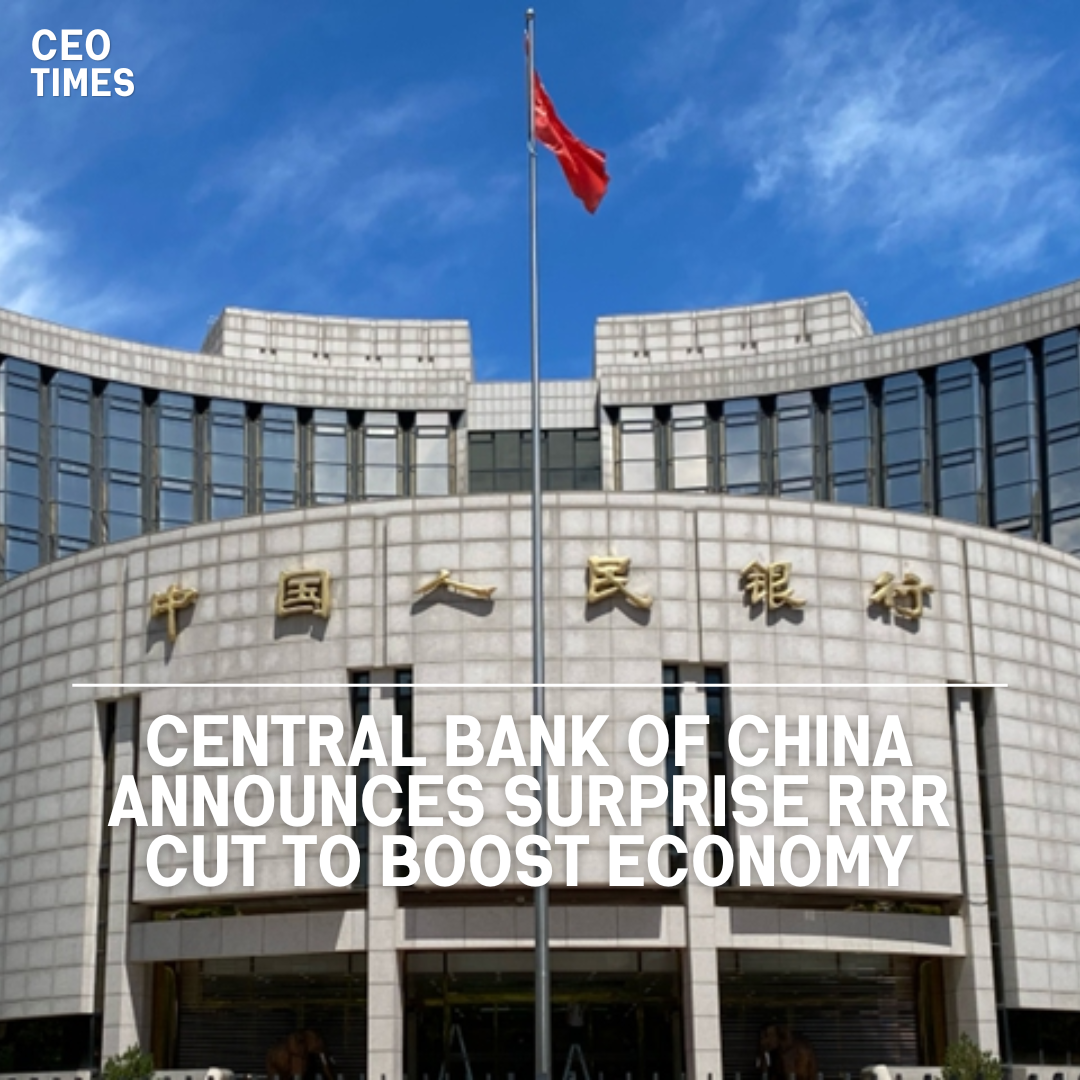China’s central bank, the People’s Bank of China (PBOC), has declared a 50 basis points cut in the reserve requirement ratio (RRR) for all banks, effective February 5.
This unexpected move is seen as an effort to bolster the country’s fragile economic recovery, particularly amidst challenges like distress in the housing market, local government debt risks, and a slowdown in global demand.
The RRR cut aims to inject 1 trillion yuan ($139.45 billion) into the market, marking the largest cut since December 2021.
PBOC Governor’s Statement on Monetary Stance:
PBOC Governor Pan Gongsheng, during a press conference in Beijing, emphasized that the RRR cut signals the central bank’s commitment to maintaining a loose monetary stance throughout 2024.
The move also aligns with broader policy efforts to ensure a strong start for the economy in the face of challenges.
Pan highlighted that the central bank seeks to frontload policy support to achieve ambitious growth targets.
Market Impact and Analyst Reactions:
Hong Kong’s Hang Seng Index experienced a notable gain of 3.6%, marking its most significant one-day increase in two months, following the announcement of the RRR cut.
The onshore yuan strengthened to 7.1601, the highest level since January 12. Analysts note that while the RRR cut is positive, more targeted stimulus may be necessary to address specific economic challenges. Concerns about the banking system’s stability persist despite the central bank’s measures.
Additional Stimulus Measures and Economic Outlook:
In addition to the RRR cut, the PBOC announced a 25 basis points reduction in re-lending and re-discount interest rates for the rural sector and small firms, effective January 25.
Analysts emphasize the need for more stimulus in 2024 to counter deflationary risks and support employment, particularly focusing on consumption-driven policies rather than additional production capacity.




















